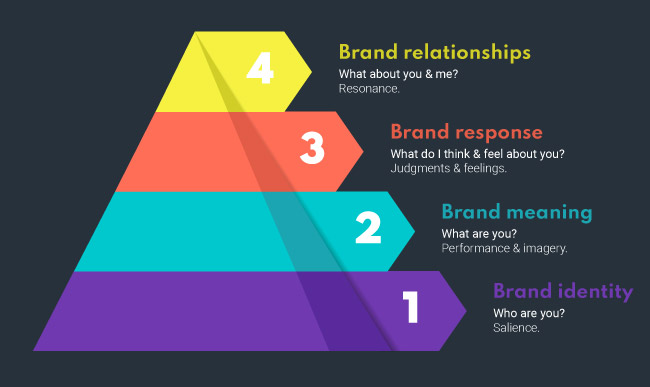
Before digital marketing became the next big thing, the advertising environment was overcrowded. It was in need of alternatives until five or six years ago. This, along with the general digitalization of our lives, led to an increase in online advertising spending. It was big brands at first but now they are bringing their marketing in-house.
However, new channels and options don’t ‘t necessarily mean new ways of working. Big brands initially trusted larger agencies to meet their new digital needs. This decision made sense; these partnerships went back a long way and mutual cooperation had been the key to skyrocketing growth for both parties.
Old partners, new environment
There were, of course, many advantages, for example highly skilled and experienced professionals, an exhaustive knowledge of the clients and their needs, and easy billing at scale – advantages only a common history of success can bring.
But these agencies had to successfully operate in a completely new environment and for that needed their new digital partners: those who could take advantage of a lot of data and information.
The partners of the partners

The more agencies and partners there were, the harder it became to maintain unity and strategic and tactical alignment. The new demand for digital created many challenges, which included fragmented strategies and capabilities, very high-cost structures, and less control for advertisers over data and activity… Long response times also led to a lack of agility.
Key players with giant, rigid offline structures had been managing the majority of advertising investment around the world for decades. They had to evolve faster than their internal capabilities allowed. They tried to overcome these challenges by integrating the new digital world into the old offline advertising agency framework. That was not an entirely unsuccessful attempt, but it was less effective than the current digital transformation fuelled by the emergence of digital-native agencies and businesses.
Direct means in-house

The old balance was already broken. Brands and publishers started to look for a more direct path. They were looking for essential values that did not exist in the traditional advertising environment. Ownership, transparency, efficiency and performance were key. However, neither brands nor publishers were yet ready to substitute the entire value chain.
They would have to deal with other issues first: fear of ownership and not obtaining results, difficulties finding and retaining adequate talent, the struggle of managing multiple channels and keeping up with trends and change. On top of these challenges, the fact that this all had to be done in-house made the situation even more intimidating.
It all works out
There is no doubt that planning and executing our own marketing strategies in-house is a tough decision. But it is the right one. It is a complicated choice that requires a lot of courage and a clear view of the entire path. It also needs an exhaustive knowledge of the tactics to navigate it. Therefore, there is nothing more important than the right partner to guide you through the process – and a good dose of patience. If at first you don’t succeed, try again. You are already on the right track.
Are you still not sure about whether now is the time? Here is something to help you.
How has digital marketing evolved?
Online marketing increased in importance due to the overcrowded advertising industry. That’s why, when digital marketing became the next big thing, brands and publishers cooperated and it has provided great growth for both parties.
How has in-house become what it is today?
The look for a more direct path in the cooperation between brands and publishers has made in-house marketing gain importance.










